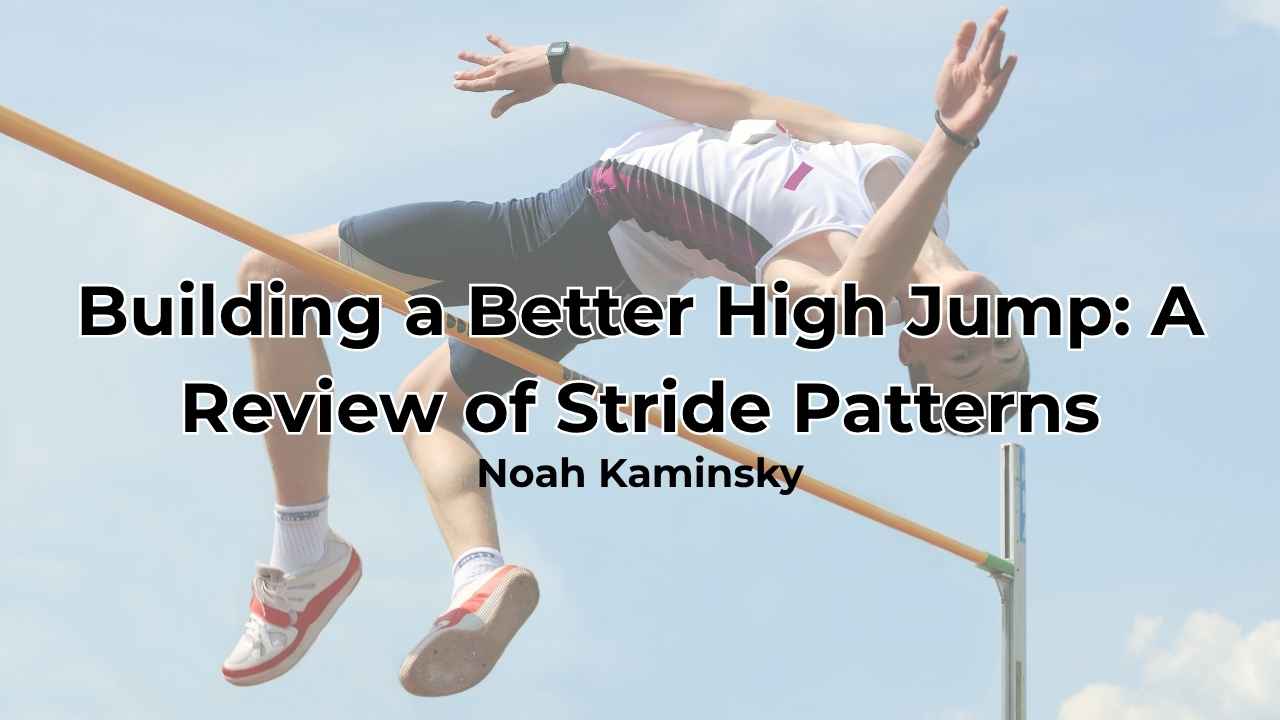Dominic Zanot is an IB Economics instructor in Harrison, New York. He graduated from Colgate University with a degree in history and later attained his master’s degree from Binghamton University. Dominic is the head coach of the Athletics Westchester training group for professional, collegiate, and high school athletes. Under his guidance, athletes have gone on to wear the Team USA and Team Italy uniforms at international events including the World and Junior World championships. In December, he founded the Armory Combine.
Dominic has also served as the Head Track & Field Coach at Harrison High School since 2006, leading the team to multiple league, county, and sectional championships. In addition, he has helped send Harrison athletes in the sprints, jumps, and hurdles to the ACC, Ivy League, and America East Conference, among others. Dominic earned his CSCS and USAW Level 1 certification upon graduating from college and still enjoys learning from leaders in the field of athletic performance.
Freelap USA: You recently held a combine in New York and added a lot of innovation, such as making sure the size of the athlete is fairly compared. Can you share how momentum, while not perfect, is a better direction than just the 40 time?
Dominic Zanot: The Armory Combine was an opportunity to raise the bar for testing in football. One of the most important metrics we calculated was the Collision Index (CI) through the analysis of momentum. Because each athlete was weighed the day of the combine, we were able to use their mass along with velocity from the 0- to 10-yard and 30- to 40-yard split of a 55-meter dash.
One of the most important metrics we calculated was the Collision Index (CI) through the analysis of momentum…It placed a metric on what it means to be big AND fast. Share on XBody weight became a very important metric when comparing speed and “leveled the playing field” for the larger athletes when we charted the results. In fact, some of the most impressive numbers came from the largest athletes who normally would have their speed numbers pushed to the bottom of the rankings. Simply put, momentum (Collision Index) placed a metric on what it means to be big AND fast.
Freelap USA: Hosting track meets is important to grow the sport. Where do you see the smaller and more agile sprint-themed events going? With music and food becoming more important with fan engagement, where do you see track heading?
Dominic Zanot: Speed and power are exciting! The closer spectators are to the action, the more opportunities there are to appreciate events like the 60m, 100m, long jump, triple jump, shot put, etc. How do we draw more spectators? Make track and field an EVENT with fan access close to the action.
Smaller venues with a moderate crowd are more exciting than larger venues with a moderate crowd. Imagine a straightaway event or a horizontal jump with bleachers surrounding the finish or sand pit. Add in music and local food trucks, and you have a carnival-like atmosphere. Visualize hosting the long jump outside the stadium at the Penn Relays next to the DJ and apparel tents. This will not only draw the diehard fans of track and field, but it will also draw in the casual observer who may become a fan.
Freelap USA: You do a lot of speed bounds and work with jumpers and sprinters. Can you share a common mistake coaches make with the exercise?
Dominic Zanot: Speed bounds are an excellent exercise that demands power and effective technique. Effective arm use is a critical component of the speed bound. Some coaches ask their athletes to use a double arm swing at takeoff for each contact. I coach athletes to use alternating arms similar to the first 10-15 meters of a block start.
Alternating the arms allows athletes to bound with more speed for longer distances. The momentum and length of the speed bound is what gives this movement the greatest carryover to the second half of the 60m/100m dash. There will be more to this discussion when the article I wrote for SimpliFaster, “The Art of the Speed Bound,” gets published.
Freelap USA: Medicine ball testing, whether total body throw or chest pass, is still in its infancy. Where do you think medicine ball testing is going for American sports?
Dominic Zanot: Medicine ball training and testing has been around for a long time. But football tends to drive the industry standards of power and strength, so the use of the bench press and Olympic lifts has become the norm. Both are quality exercises, but training/testing with medicine balls adds the element of distance to the movement that the bench press and Olympic lifts do not. Distance is one of the simplest and most effective ways to chart progress.
Training/testing with medicine balls adds the element of distance to the movement that the bench press and Olympic lifts do not. Distance is one of the simplest ways to chart progress. Share on XIn addition, medicine ball training/testing is very accessible due to it being inexpensive and portable. This provides quality training access to all athletes regardless of their financial situation. My hope is that medicine ball throws of any kind become the norm at testing events for American sports. But, in order for that to happen, it must first become the norm in American football.
Freelap USA: Obviously, you are doing a lot of remote coaching with athletes. As a coach who typically works with athletes in person and a parent yourself, how do you think parents see this service?
Dominic Zanot: Remote training is here to stay. The widespread access to technology and societal norms of communication through devices have built a trust today that didn’t exist a decade ago. With busy schedules, remote training allows athletes to exercise at their preferred time rather than a set time established with in-person sessions. Parents seem to enjoy the flexibility as well.
Finally, feedback can be very well thought out, calculated, and documented through remote training. This documentation is highly valued by the athletes and their parents, as it provides tangible evidence of quality instruction. The ability to articulate, in writing, is a hallmark skill of professionals. The demands of remote training allow athletic performance coaches to better demonstrate our work as highly skilled professionals. This is a win for the athletes, their parents, and us as coaches.
Since you’re here…
…we have a small favor to ask. More people are reading SimpliFaster than ever, and each week we bring you compelling content from coaches, sport scientists, and physiotherapists who are devoted to building better athletes. Please take a moment to share the articles on social media, engage the authors with questions and comments below, and link to articles when appropriate if you have a blog or participate on forums of related topics. — SF




